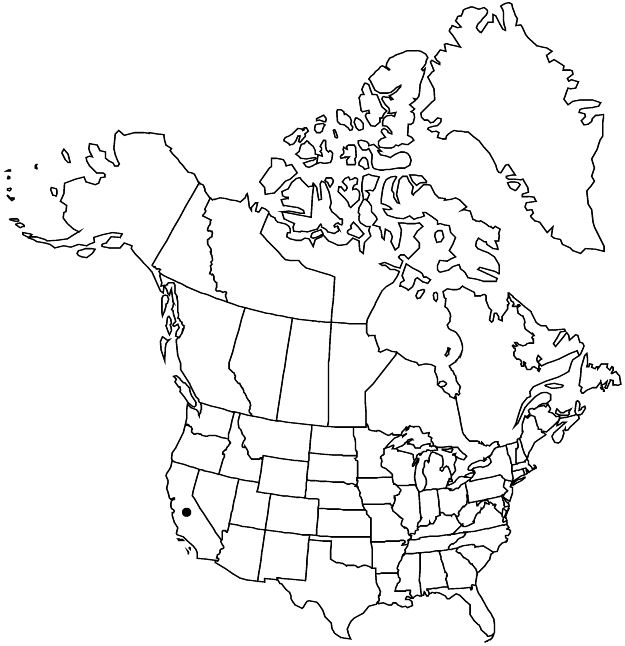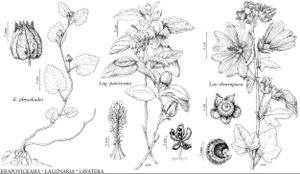Lagunaria patersonia
Gen. Hist. 1: 485. 1831.
Plants 2–10(–15) m. Leaves short-petiolate; petiole 1 cm; blade olive green, pinnately-veined, 5–10 cm, somewhat thick and leathery, apex blunt, densely felty stellate-hairy abaxially, peltate scales also present. Inflorescences 1+ per branch, usually produced over a short time period; peduncle short, thick; involucellar bractlets enclosing flower in bud, wide at base. Flowers 3.5–8 cm diam.; calyx connate, lobes very short; petals showy, reflexed, waxy-textured; staminal column with anthers throughout; stigmas with 5 radiating blunt lobes. Capsules 4 × 2 cm before opening, apex rounded to acute, walls persistent, firm. Seeds bright orange when fresh, smooth.
Phenology: Flowering late spring–summer.
Habitat: Riparian forests, estuaries
Elevation: 0–10 m
Distribution

Introduced; Calif., Pacific Islands (Lord Howe Island, Norfolk Island), e Australia.
Discussion
Lagunaria patersonia is widely cultivated but apparently only recently naturalized in San Diego County; it is salt tolerant.
Selected References
None.
